Last night we shared our movie with family and friends. We rolled out the red carpet, enjoyed pizza and salad, and smiled for the paparazzi. This project couldn’t have been possible without the children’s creative ideas and the help of Mrs. Haluszczak. Filming in the past, we discovered that attempting to film the story straight through was a painfully long process. This year, we tried arranging filming day a bit differently. While Weird Eric and I worked with current scene actors, Mrs. Haluszczak took the remainder outside. They spent the morning exploring Spring as it presented itself that day.
For those that are intersted, our final draft follows. I’ve also attached some of our shot notes and the storyboard if you are curious to see how we organized ourselves for this process.
2018 Pre-K Movie_Final
Scene I: Pigeons’ House, exterior
Narrator: Once upon a time there was a little pigeon playing basketball. A Big Bad Spider came along.
BBS: “What are you doing?”
Pigeon: “I’m playing basketball”
Narrator: Then the pigeon ran into his house. The BBS was very hungry and now he was grumpy and lonely. He knocked on the door.
BBS Knocks
BBS: Pretty please, can I come in and get some food?
Pigeon: Not by the feathers of our feathers, feathers, feathers!
Narrator: The BBS tries to wrap the house in a web.
BBS tries to throw a web on the house
Narrator: The police officers came.
Four police officers and two police dogs enter the scene.
Officer X: Halt in the name of the stars!
Officer R: Halt in the name of the star loft!
Officer N: You’re going to prison.
Officer F: I’m going to capture the Big Bad Spider
The BBS is hiding from the police.
Officer N: The police dogs can sniff out the Big Bad Spider.
PD V: We’ll find him, sir.
Police dogs run back and forth sniffing for the spider. Eventually, they find him and go get the police officers.
PD Kate: Woof Woof! We found him!
PD Victor: We found him! Can we have lunch now?
Officer R: Yes, you may.
Officer X: Good job, doggies!
Officers F & N: Good job today!
Police give the PDs dog bones.
PD K: Woof, woof! Thank you!
Narrator: They captured the BBS and took him to the police car.
Police take BBS to car and drive away.
Scene II: Pigeons’ house, interior
Narrator: The pigeon decides to watch tv.
Pigeon W: (turning on the tv using remote) I’m going to watch, “The Unicorn Drives the Bus” show.
Scene III: On the TV, Unicorn driving a bus
Narrator: The Sparkly Unicorn decides to drive somewhere.
Sparkly Unicorn: I’m going to have some mac and cheese and some Brussels sprouts.
Narrator: Then the Sparkly Unicorn gets dressed in pink stuff. Then she puts on some make-up. She begins to drive.
Sparkly Unicorn: I have to pick up White Cat on the way.
Pick up White Cat on the bus.
Sparkly Unicorn: Come on, let’s go to our meeting.
White Cat: I hope we have fun at our meeting.
Sparkly Unicorn: Sparkle Butterfly and Rainbow Butterfly are going to be there.
White Cat: Ok. Well, that sounds fun.
Narrator: They drive to the meeting.
Scene IV: An office or meeting place
Narrator: Rainbow Butterfly and Sparkle Butterfly are at the meeting. They are all talking about work.
Improv “work talk”, Sparkly Unicorn, White Cat, Rainbow B, and Sparkle B.
Narrator: Rainbow Butterfly and Sparkle Butterfly accidentally end the meeting by being too silly.
Rainbow Butterfly and Strawberry leave scene.
Sparkly Unicorn & White Cat: What in the world!!!!
Scene V: The bus
Narrator: White Cat and Sparkly Unicorn get back on the bus and leave. After they drive for a while, they stop and go to sleep.
Scene VI: Pigeons’ House, exterior
Narrator: The pigeon goes back out to play basketball again.
Everyone that isn’t BBS or police slowly comes over and says, “Can we play, too?” All play basketball for a bit.
Order: Rainbow G, Sparkly B, Sparkly Unicorn, White Cat
Narrator: Then they all get tired and fall asleep in a heap.
Scene VII: Police Headquarters, interior
Narrator: The police officers drive the BBS to jail.
Police taking BBS through the headquarters.
BBS: “I just wanted some food!”
Officer X: We have some spider webs in the closet.
PD V: They are really yummy.
PD K: They are super good for spiders.
Officer N: They are very healthy!
Officer F: “We have a web cage that can help you with that!”
Officer R: You have to keep eating it all day because we have lots.
Narrator: The cage is made out of webs.
BBS: This cage is GREAT!
The BBS eats the web jail.
Officer R: “We’ll drive you back if you say please.”
BBS: “Please drive me back. I want to make new friends.”
Narrator: The police drive everyone back to the pigeons’ home.
Scene VIII: Pigeons’ House, exterior
Narrator: Everyone was inside when they arrived.
Officer F: Go knock on the door, spider.
The BBS knocks on the pigeons’ door.
Pigeon: “Who’s there?”
BBS: “The Big Bad Spider, can I please have some webs to eat?”
Pigeon: “Sure! Here’s a web.”
Pigeon hands BBS some web.
Pigeon: “You can have as much as you want.”
Rainbow B: Let’s make a cake for the spider.
Officer X: We’ll make it banana flavor
Sparkle B: Let’s have a party.
Narrator: Everyone has a party at the pigeon house.
Dancing and partying ensues.
If you are curious about organizing an amateur shooting schedule here is how I did it:
Play2018_Storyboard
2018 Movie_Shots-character
Shooting_Order_2018 Movie_Shot List
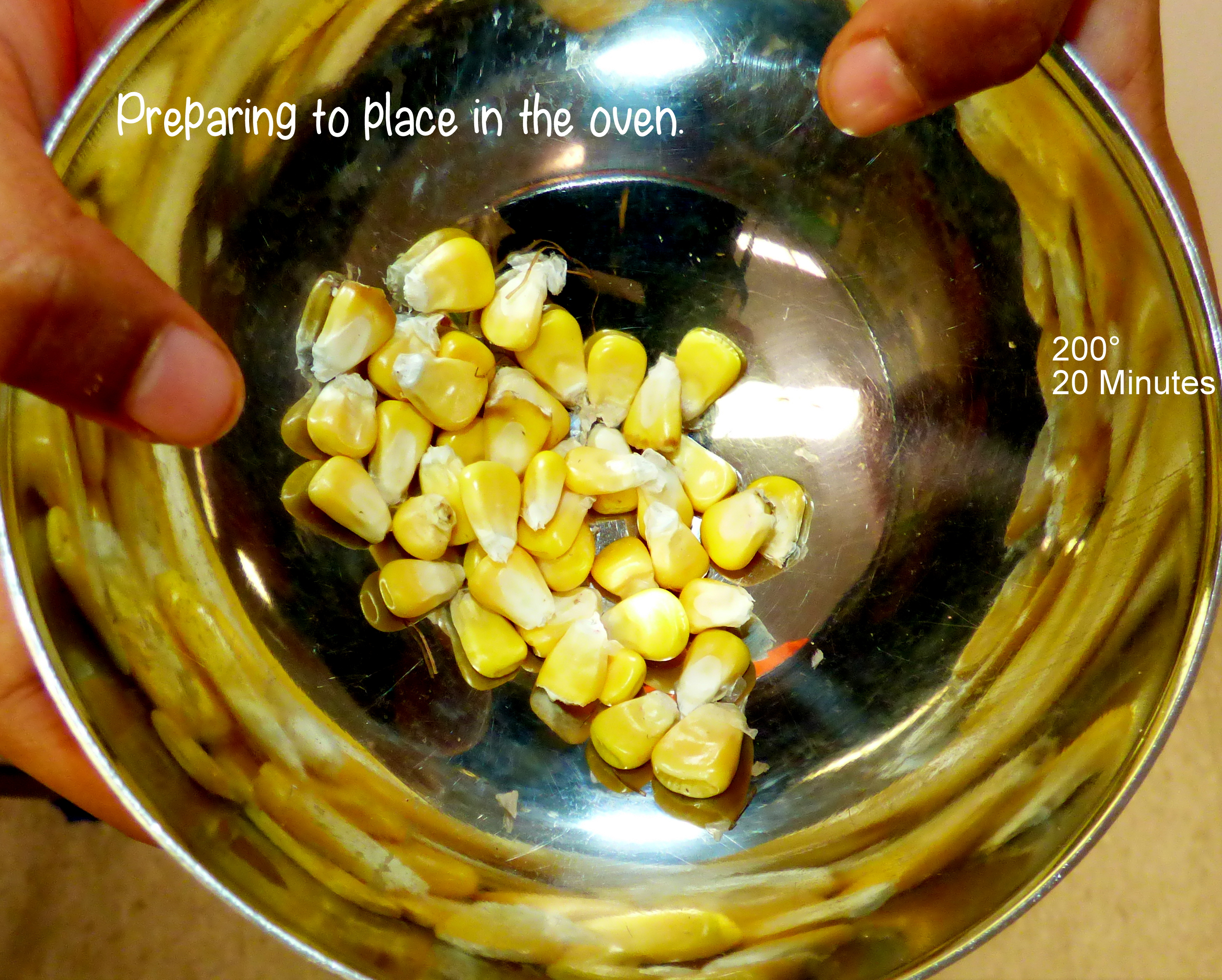

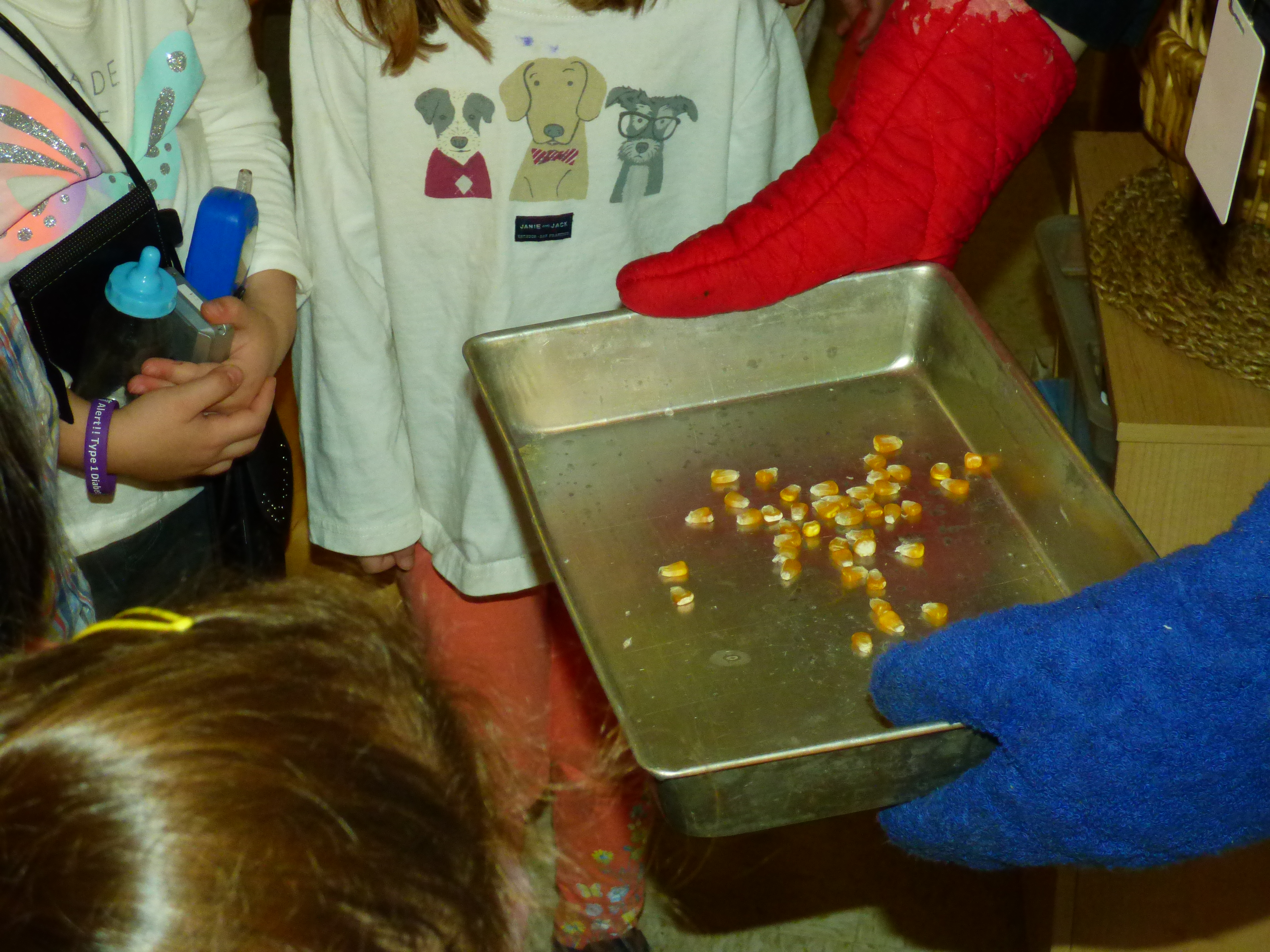
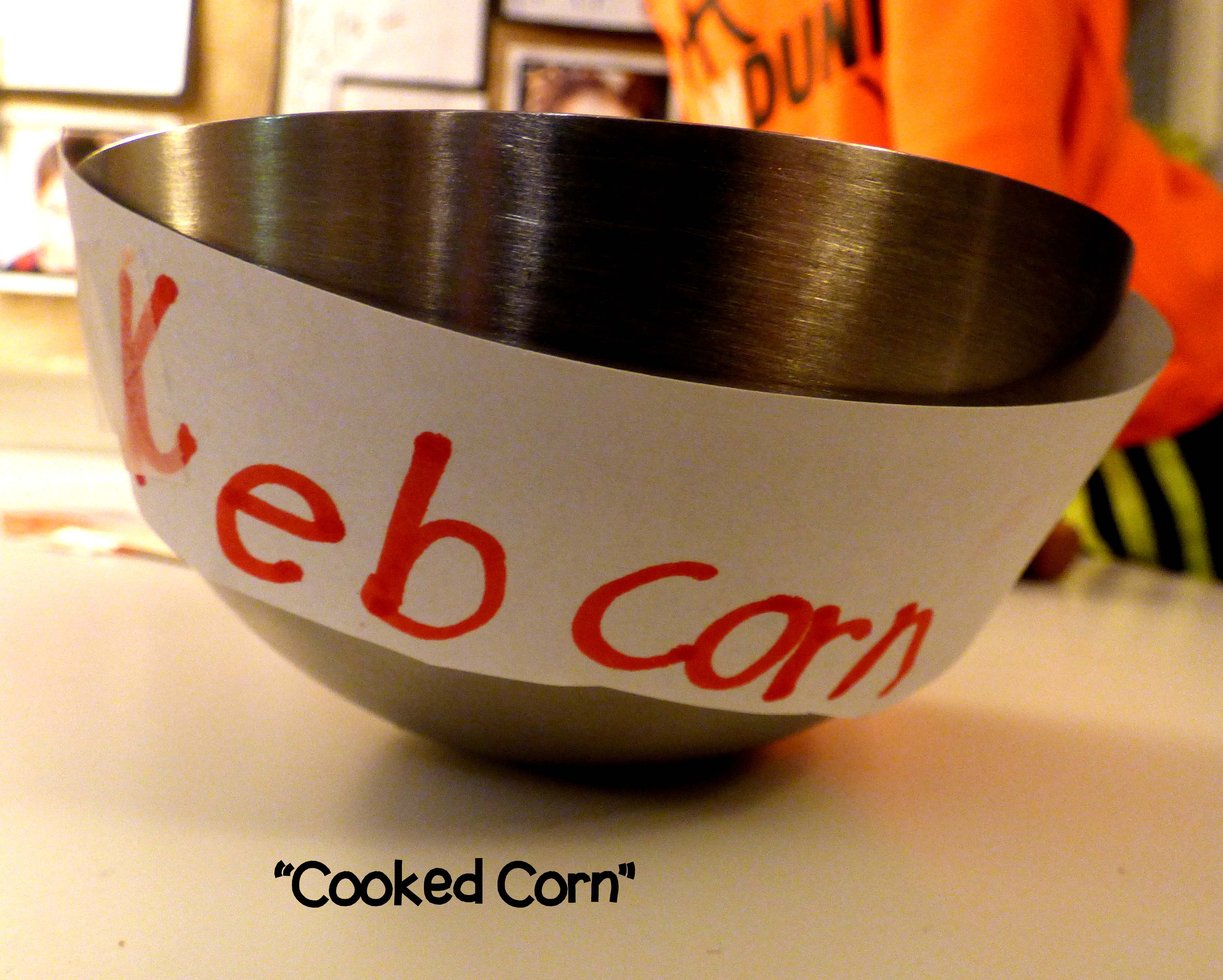
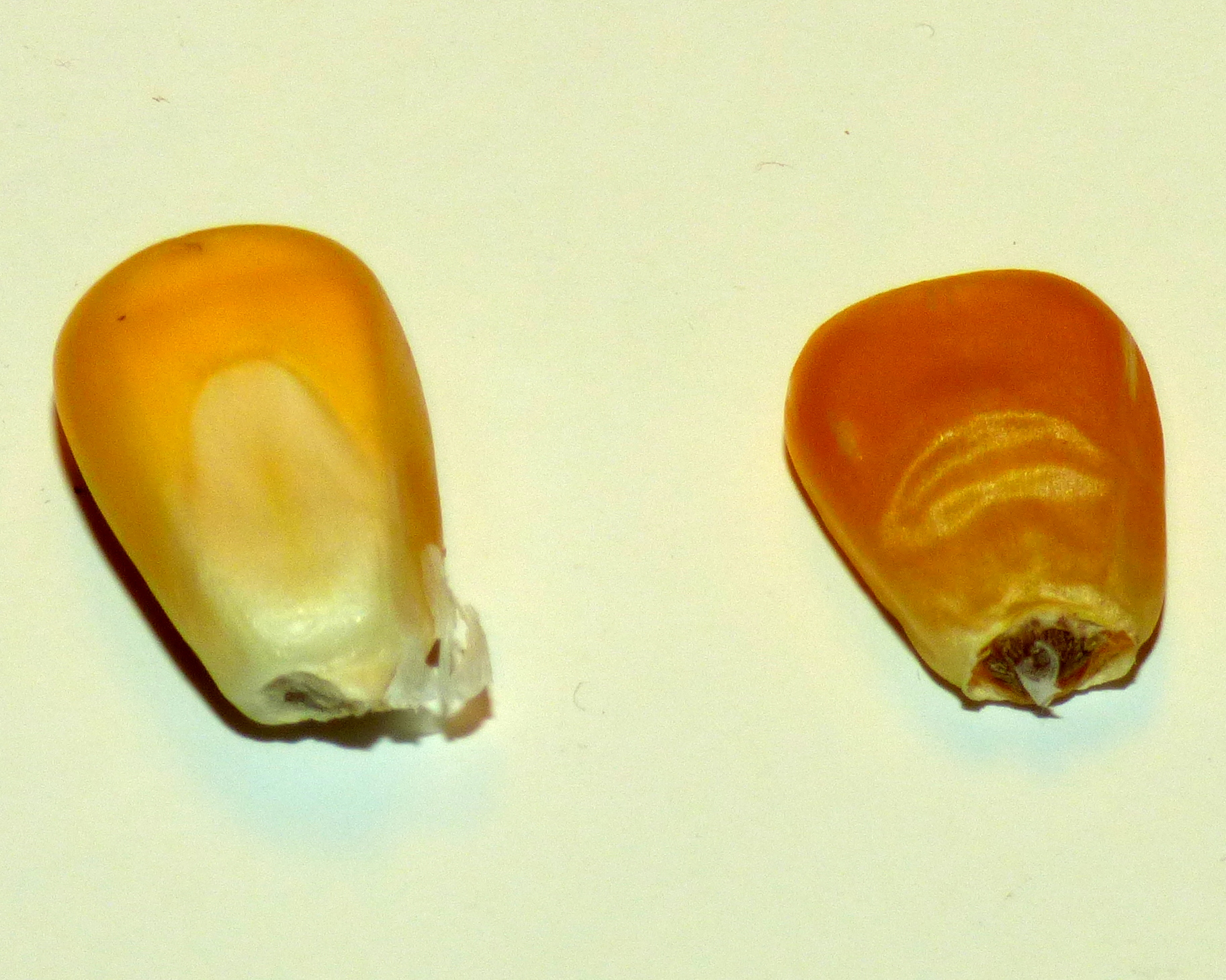

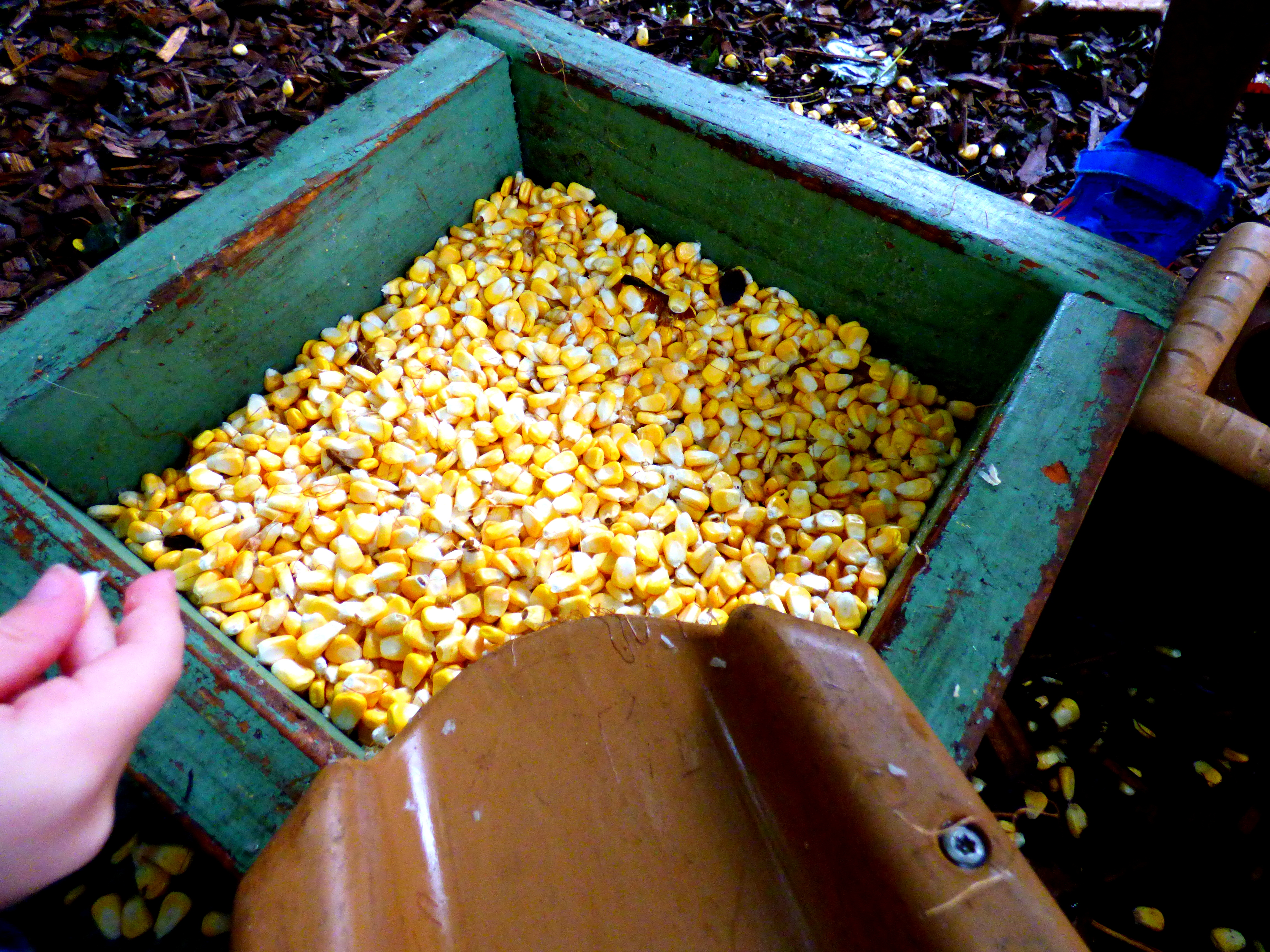
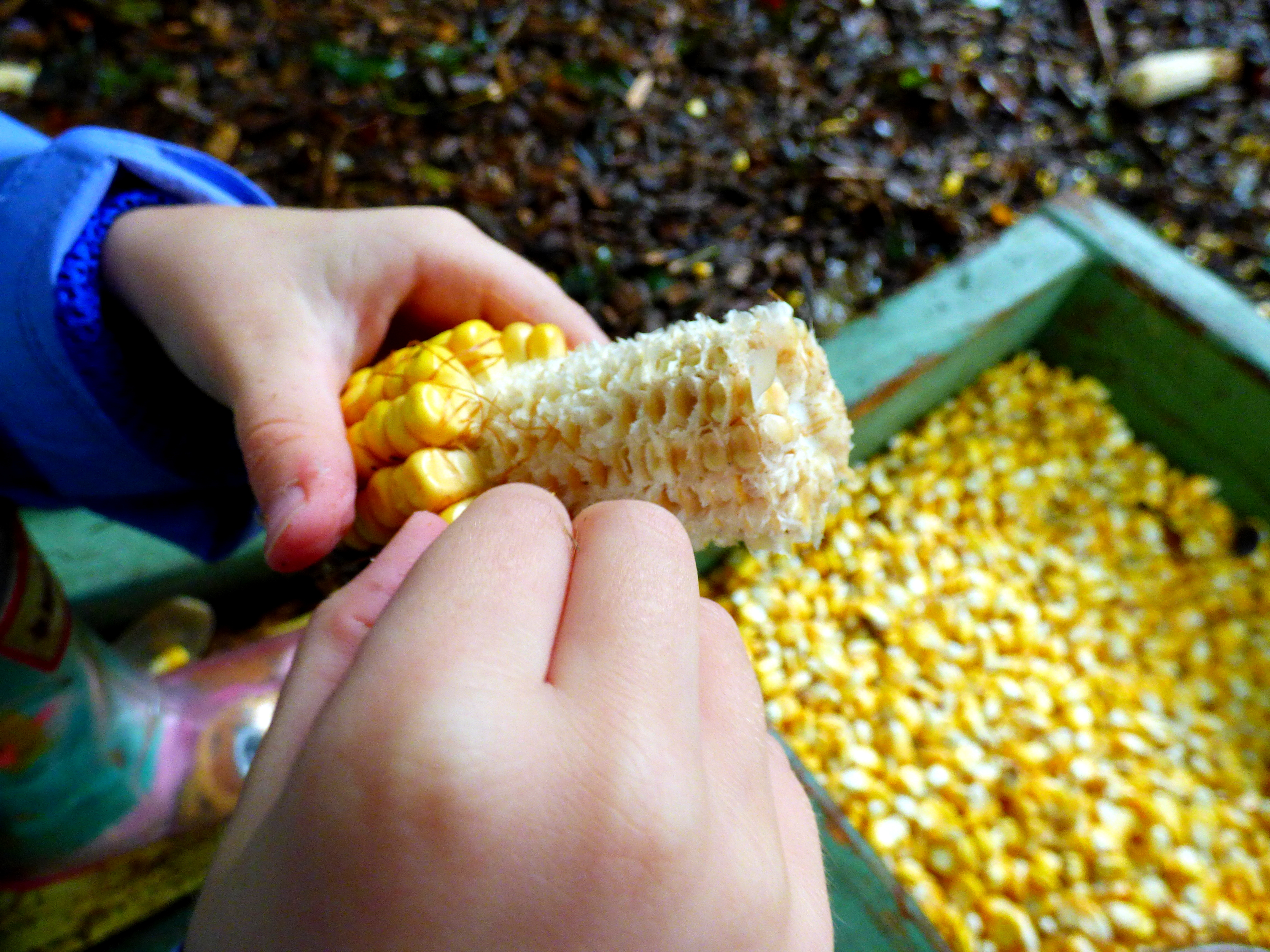
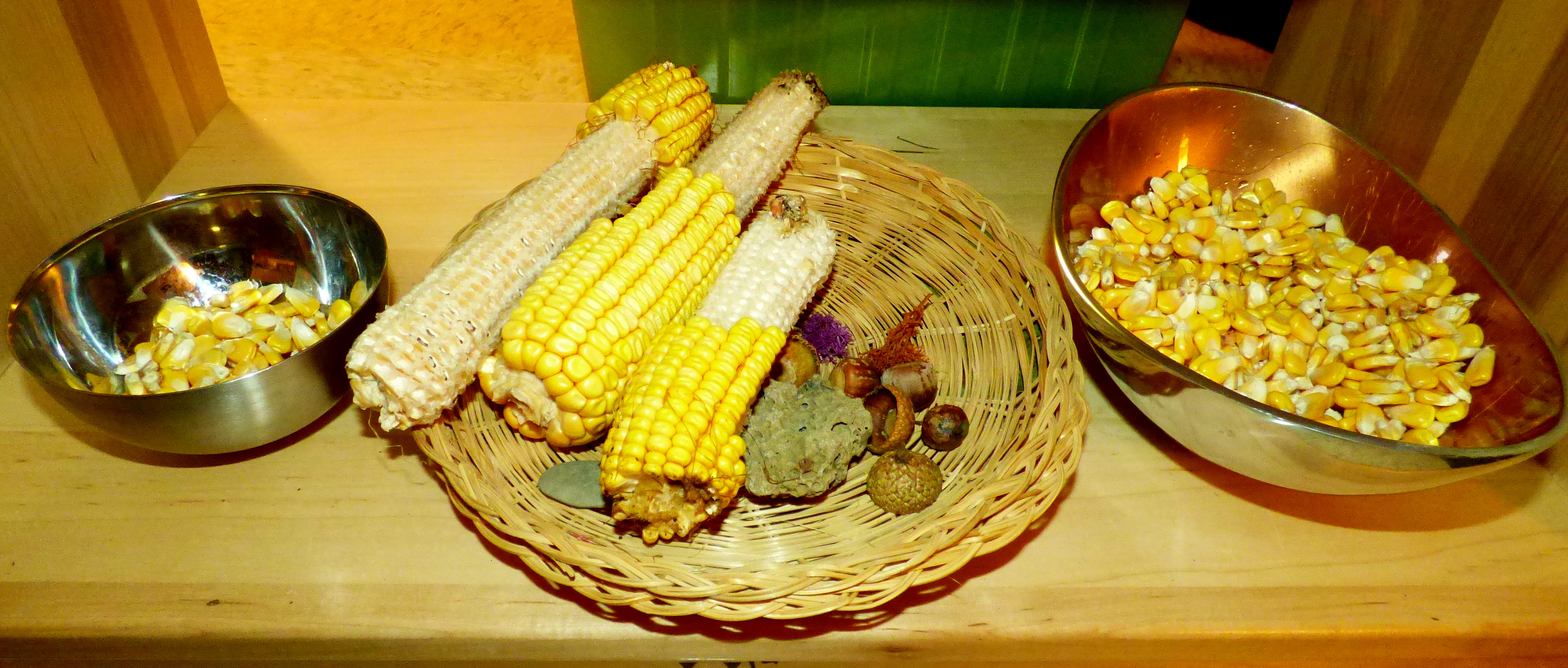
 Just another fun way to exercise some very small muscles.
Just another fun way to exercise some very small muscles.

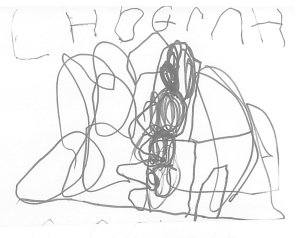
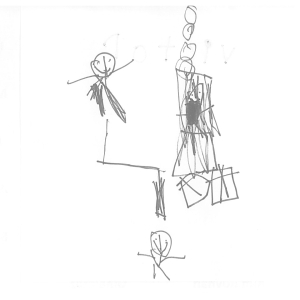



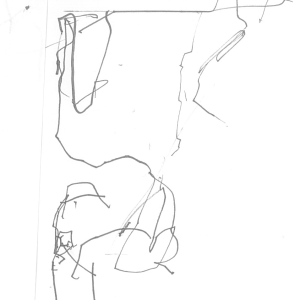


 An unusual box arrived today. Curiosity and excitement are bubbling out the door and down the hall. What could be inside?
An unusual box arrived today. Curiosity and excitement are bubbling out the door and down the hall. What could be inside?
